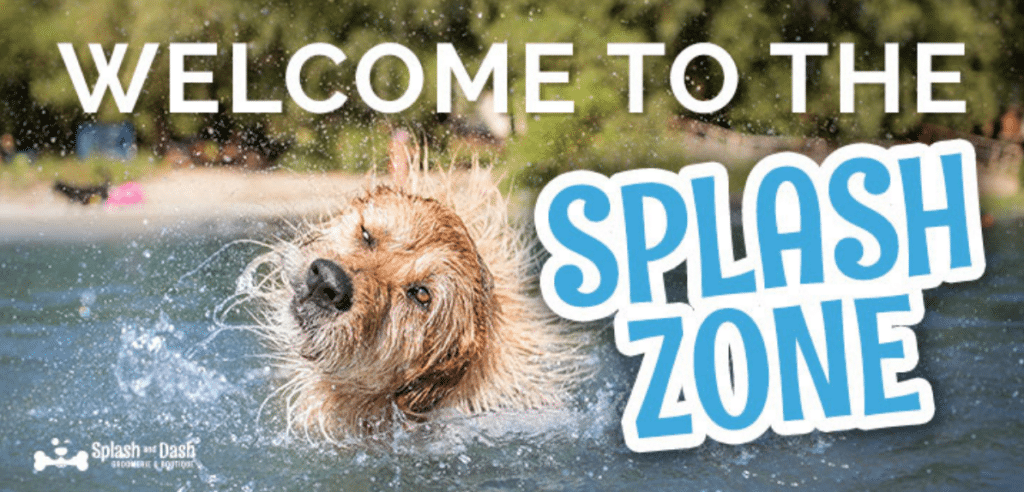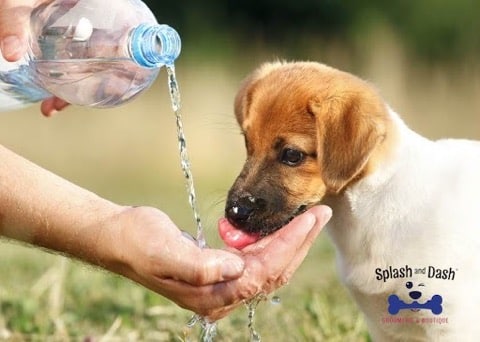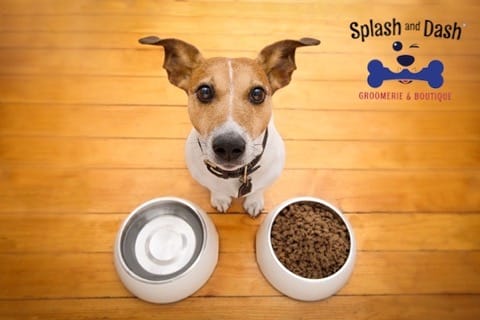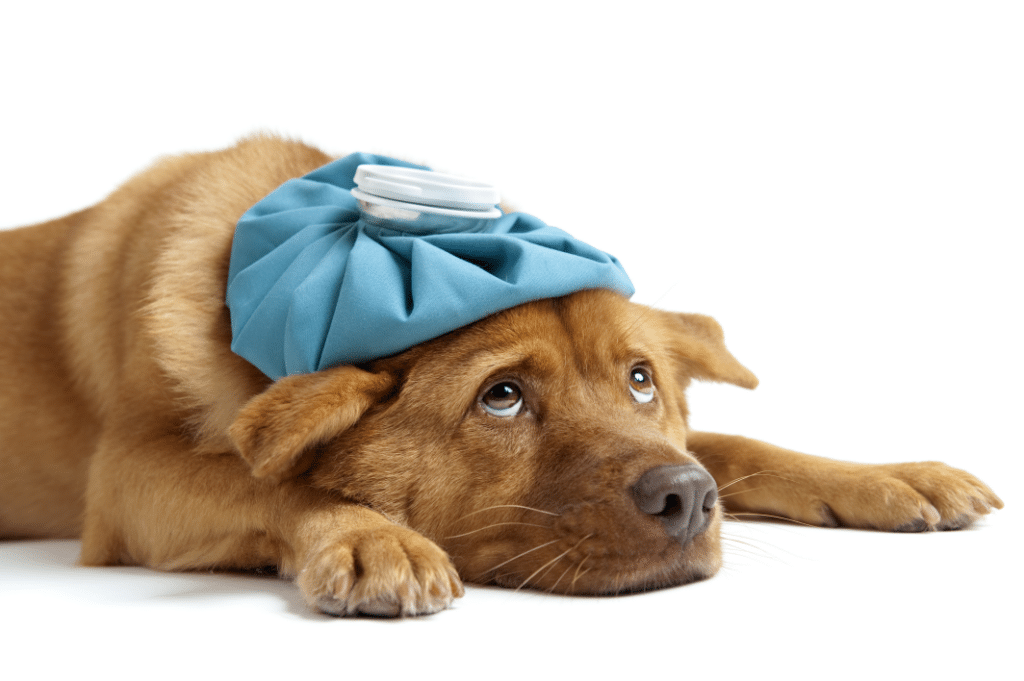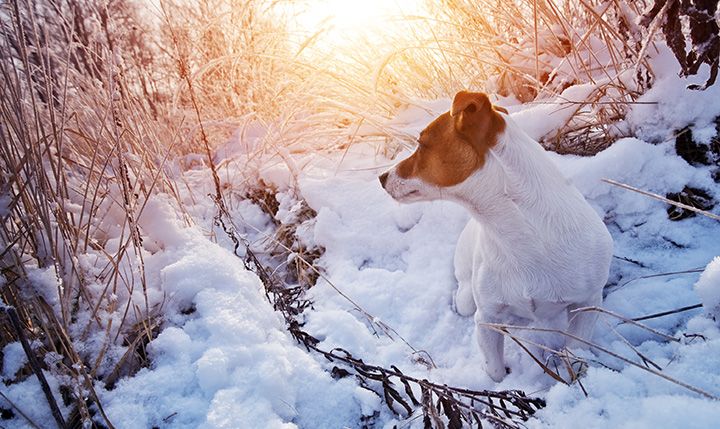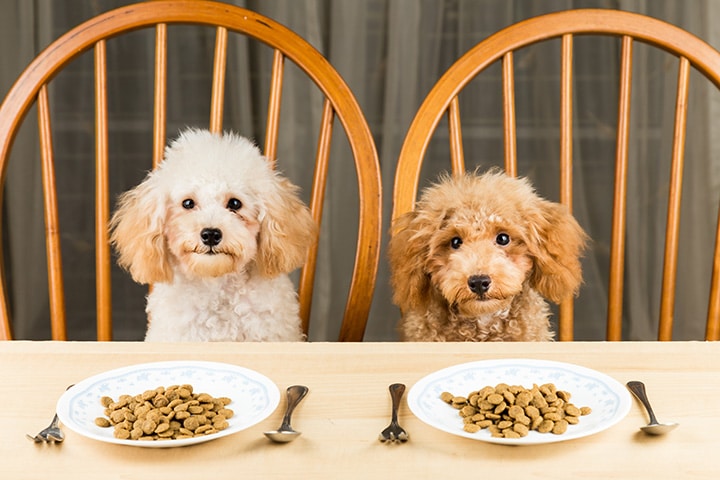Beat the Heat. Swimming Safety Advice for Your Dog
Swimming safely is a concern for the whole family, your furbaby included, are your dogs days at the water worry-free? As the thick of the summer season progresses we all look for ways to cool down, why leave our pup […]
Beat the Heat. Swimming Safety Advice for Your Dog Read Post


